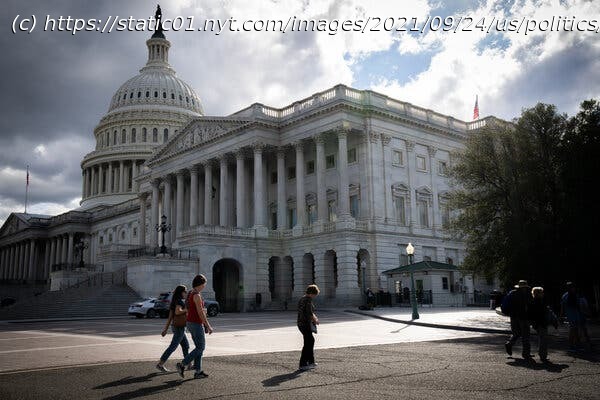Here are three options to shrink down the Democrats’ climate change and social welfare bill as moderates demand less spending and smaller tax hikes to pay for it.
As Democratic leaders struggle to unite their caucus behind a sprawling domestic policy package, it is increasingly clear the $3.5 trillion in spending and tax increases will have to be pared back, possibly by a lot, to make it to President Biden’s desk. That will involve difficult choices for a party fractured by mistrust and competing priorities. But in a package that is intended to shape every facet of American life, including public education, health care and the environment, there is room for agreement, even in a thinly divided Congress. Here are three possible scenarios for how to structure a final deal. Senator Bernie Sanders, the Vermont independent and chairman of the Senate Budget Committee, initially urged his colleagues to embrace spending as much as $6 trillion over 10 years as they began drafting the bill. To narrow the scope to its current price tag of $3.5 trillion over 10 years, aides said, Mr. Sanders and his colleagues employed budget gimmicks like setting earlier end dates on programs or narrowing their proposed size to lower their cost. In essence, rather than sacrificing entire programs, Democrats opted to shave down the amount of money devoted to some of them. It is a tactic they could use again to further scale back the package. Democrats have said they want to extend the refundable child tax credit, which was expanded as part of the $1.9 trillion pandemic aid bill enacted in March and now provides benefits to more than 93 percent of children — 69 million — by sending monthly checks of up to $300 per child to families. They could lower the overall cost of the package by extending it until 2024 instead of 2025. Similarly, a proposed expansion of Medicare benefits to cover dental, vision and hearing provisions could be phased in more slowly, reducing its cost in the bill’s official 10-year time frame.






